2014 UPDATE WHOO
- if you hate being able to play dvds out of the box
- if you hate not being stuck in reboot loops
- if you hate being able to download 8.1 in an easy to deploy .exe
FN;DR
Fox News link; didn't read
@hawkieowl
As part of my work on Strix, I've been attempting to smooth over SMART, and provide a useful interface to the data it provides.
This does seem a little complicated - why doesn't nobody pay tax except for the final supplier? Doesn't the credit system add more complexity?
Well, it does, but not much. Suppliers report how much GST credits they are applying for, and how much GST that they collected, and pay the difference. Lack of collection up until the last retailer would most likely have a lot of fraud.
step 13: ENJOY

Exploring ThoughtStreams content
The user list appears to have been removed, making it impossible to explore the streams of users that are not currently on the front page.
In addition to restoring the user list (in a more prominent/suitable position than before), it would be good to have
- List of all streams in order of last update
- Stream search
this stream contains substreams about meta things - like my thoughts about the site itself.
Additionally, it would be really really nice if the username in the 'repost from' was a link as well. That way, if I see an interesting card reposted, I can go straight to that person's streams to see what else they have to say.
Streams by this user that have been favorited by others.
No favorited streams yet.
2014 UPDATE WHOO
- if you hate being able to play dvds out of the box
- if you hate not being stuck in reboot loops
- if you hate being able to download 8.1 in an easy to deploy .exe
FN;DR
Fox News link; didn't read
@hawkieowl
As part of my work on Strix, I've been attempting to smooth over SMART, and provide a useful interface to the data it provides.

That's right. A 3,489 line, ~100KB C++ header file, with content like this:
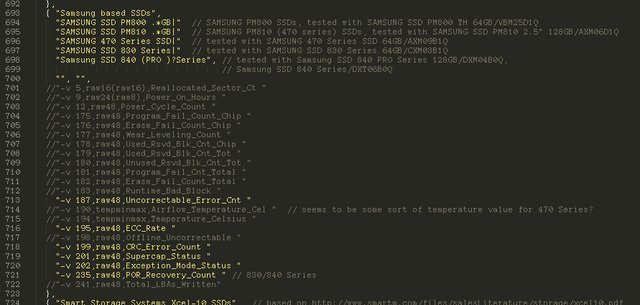
So basically, what I have to do in Strix, is let smartctl spit out these weird and terrible different values, and then attempt to normalise them in Strix. Either that, or play smartctl's stupid game and provide things like -v 9,raw24(raw8),Power_On_Hours on the command line that force every drive to have some sane common things.
Now, overall, this means that I have to do a fair amount of guessing, and a fair amount of documentation reading and Strix drive_hacks writing for each drive I want to properly support. Hopefully I can make it work in a not-terrible way. (As if.)
If we look at #5...
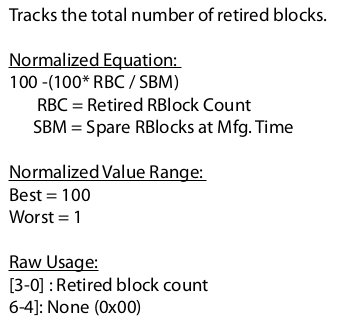
So here, we have a slightly more sane 100-1, which if we look at smartctl, has a threshold of 3. So, 3% integrity is 'failure'.
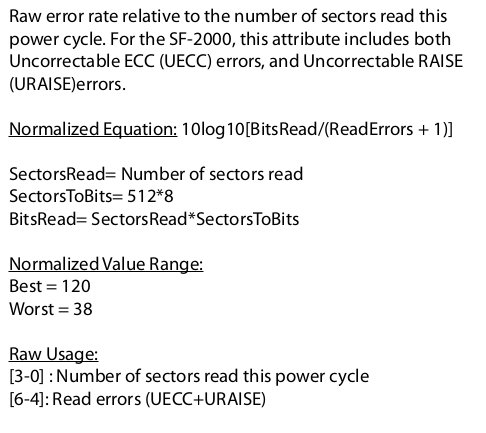
This here says that the range of the normalised values are 120 to 38, so to get a percentage, you have to map 38-120 to 0-100. However, if we look at smartctl...

So, it seems that 38 is the minimum it can reach, 50 is the failing threshold, and 120 is the maximum. Doing some terrible math, that comes out at ~15% integrity being 'failure'.
There are also issues with upper or bottom limits. Without reading the specific documentation from the manufacturer, there's no way to tell where it is on a scale of failing to not failing, if it's above the threshold. For example, take this, from the Kingston documentation.
The normalised values have a bit of inane screwery in them, too. First of all, you can't use it for every attribute. Not every attribute has a normalised value, which means that you sometimes need to read the raw value instead. Sometimes, the value being higher is better (I'm assuming that this might be a problem for performance-related attributes). And sometimes, there just isn't a threshold.
The normalised value is a small bastion of relative sanity in the extended rotten bong-hit that is wading through SMART. You get three values - its normalised value, its worst-ever value, and the threshold that it considers is 'failing'. This means that you can (more or less) say that if it is below that, the disk is screwed. However! This isn't all of it.
Another problem is, 'what do I look at'? I basically have to go through, and look at each value, and decide whether I want to read and display the raw value (which can sometimes be in the millions for some weird-ass inane reason), or if I want to read the normalised value.
Why?
Well, with every standard that doesn't have everything explicitly specified, every manufacturer will screw with it.
This is what screwery Sandforce SSDs do:
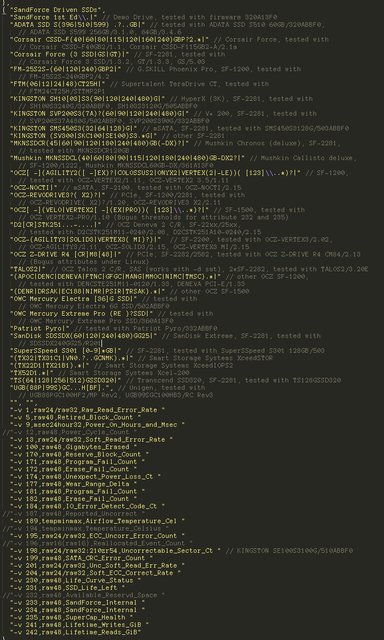
There's something called smartmontools that is basically the standard way of accessing SMART data on Linux (+ probably other platforms). How do they solve this?
SMART is not a standard, outside of the protocol. Every single manufacturer can (AND DOES!) provide their own special SMART attributes, with odd names and even odder thresholds and values. Making something to smooth this over is incredibly hard.
So basically, this is what I think happened.
Seagate, Quantum and Conner rolled by to Compaq's house one afternoon, did some skateboard tricks, then huddled into his parents' shed for a misguided teenage project. They constructed the protocol level of the standard with some spare two-by-fours nailed to a red cart, managed to get it working in a semi-okay way, and then lost interest.
Compaq then went and got trashed with Seagate and his older brother that was old enough to buy Jack Daniels, only returning to the shed at 3am with a hammer, deciding to 'finish 'er off', before throwing up onto it.
And then we had SMART.
According to the god of all knowledge, Wikipedia, SMART was "created by computer manufacturer Compaq and disk drive manufacturers Seagate, Quantum, and Conner. The disk drives would measure the disk’s "health parameters", and the values would be transferred to the operating system and user-space monitoring software. Each disk drive vendor was free to decide which parameters were to be included for monitoring, and what their thresholds should be. The unification was at the protocol level with the host."
HOWEVER, this runs into one small problem. SMART sucks. SMART really really really really sucks.
The main reason this is useful for me is that I have a number of clients with servers scattered around. They don't know what SMART is, and they don't really care, hence why they pay me. So, I have to keep an eye on SMART data, and one of Strix's goals is to do that mostly for me, and smooth over the raw numbers and give me something useful. For example, in the table, failing metrics will be a different colour, so I can have a quick glance without too much trouble.
- if you hate yourself
- if you hate anyone else who uses your pc
- if you hate getting anything done
- if you have sweaty fantasies of steve ballmer
This does seem a little complicated - why doesn't nobody pay tax except for the final supplier? Doesn't the credit system add more complexity?
Well, it does, but not much. Suppliers report how much GST credits they are applying for, and how much GST that they collected, and pay the difference. Lack of collection up until the last retailer would most likely have a lot of fraud.
step 13: ENJOY

step 12: acquire diabeetus


step 11: add some whipped cream, because fancy

step 10: MARVEL AT YOUR CREATION

step 9: wait for the milk to finish heating, then pour it in


step 8: add sugar! (recommended amount)
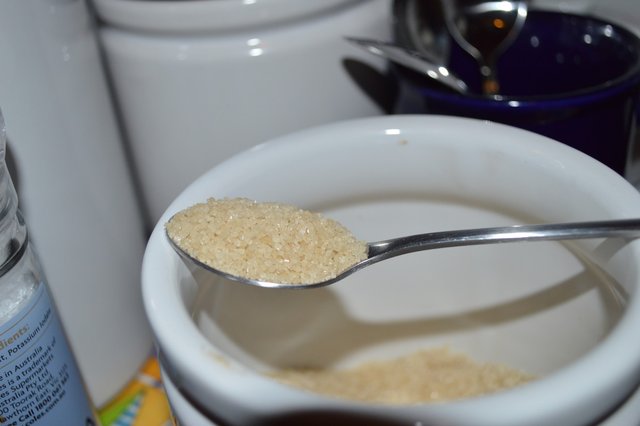
step 7: disregard the max line, turn it on

step 6: put milk in the frother

step 5: wait for coffee


step 4: press the buttan for espresso (left), with your cup under it
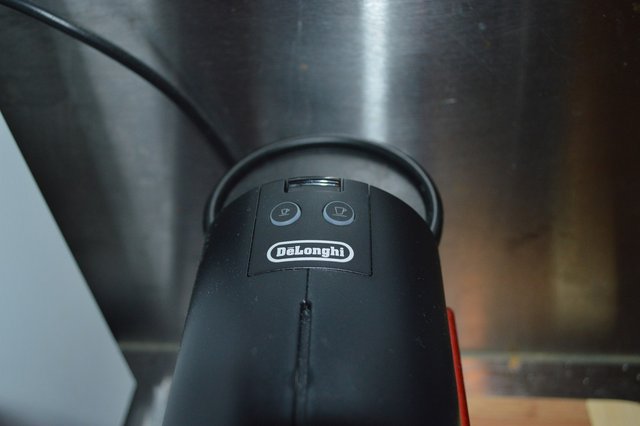
step 3: put a capsule in the machine

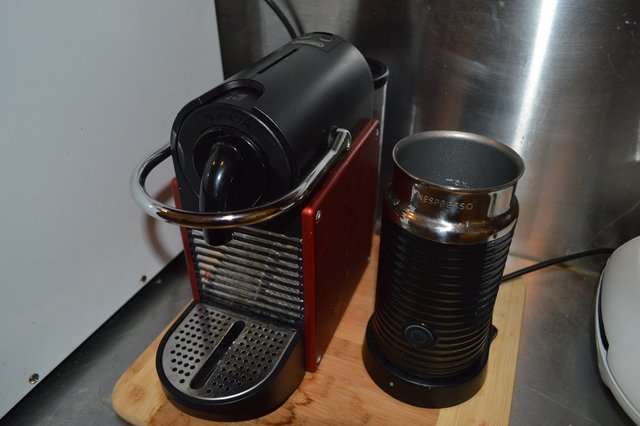
OH LOOK ONE RIGHT HERE HOW CONVENIENT
the left side is the espresso machine (Nespresso Pixie), the right is an milk heater/frother (Aeroccino 3).
step 2: get a coffee machine

bugs bunny cup? fuck yeah, keepin it real

that there is a tea cup. NEXT

that there is a my kitchen rules cup, and my kitchen sucks. NEXT
step 1: get a cup
THIS IS ARTICLE ON HOW TO MAKE COFFEE
Thoughts by this user that have been liked by others.
No liked thoughts yet.
